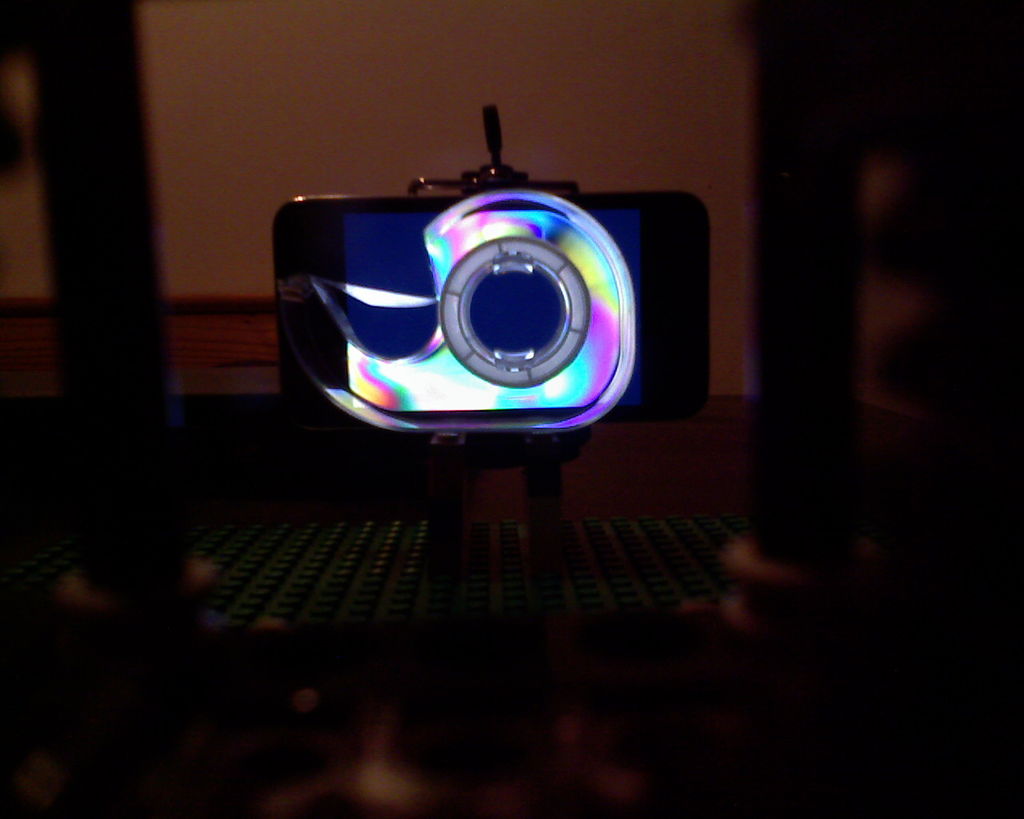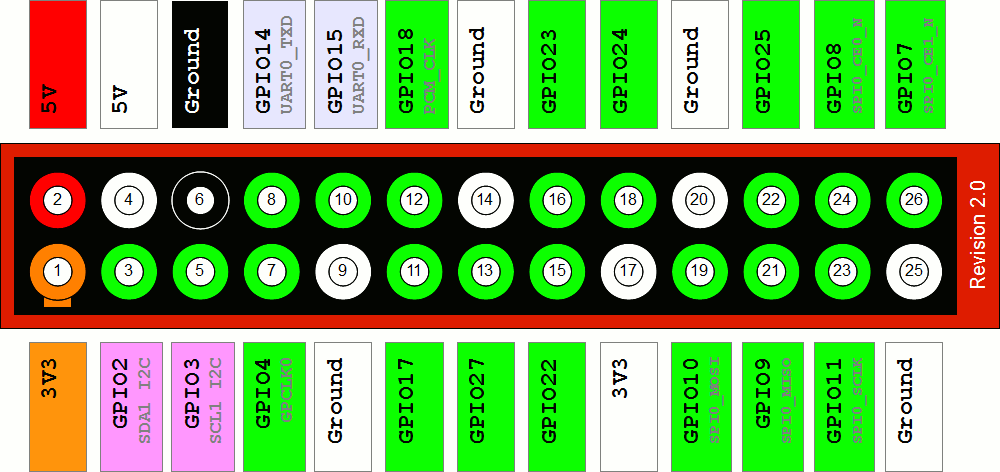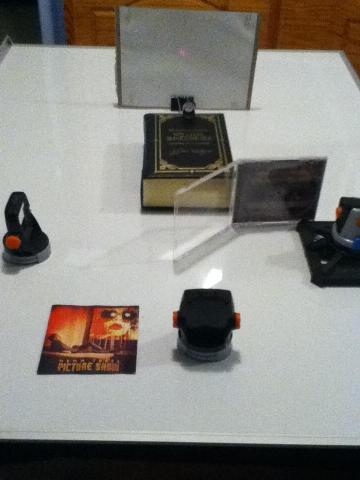
Sometimes I’ll picture an idea in my head and it seems to work fine—in my head—but when I actually build it, it doesn’t turn out the way I planned. I wanted to try using a bevel gearbox as a pan and tilt mount for my Lego optics lab (as a pan/mount for my laser). Without the laser mounted it seems to work fine and the pan and tilt motion resembles that of a camera ball mount. Once I attached my laser, however, I found it quite difficult to aim the laser. Turning the wheels in various combinations to try to aim the laser ain’t exactly intuitive even while watching where the laser dot moves on my target.
One day, it might be possible to detect the spread of life among the stars through panspermia--a hypothetical process of life distributed throughout the Milky Way by asteroids, comets, and even spacecraft. Henry Lin and Abraham Loeb of the Harvard-Smithsonian Center for Astrophysics propose, “If future surveys detect biosignatures in the atmospheres of exoplanets,” it ought to be possible to detect the spread of life between stars even without knowing how life spread from host star to host star. That is, we probably wouldn’t be able to detect the mechanisms of panspermia such as asteroid, spacecraft, or what have you.

My wife and I went to see
Big Bad Voodoo Daddy (“You and Me and the Bottle Makes Three”) Saturday at
Conner Prairie, part of the Indianapolis Symphony Orchestra Symphony on the Prairie summer series. We got there a bit early and ended up sweating in the hot, hot sun waiting for the concert to start.

I decided to build a polariscope for my Lego optics lab.
On occasion you might need a mechanism to rotate filters such as a polarized filter and a polariscope is a simple and fun way to view the rainbow colors in clear plastic objects such as flatware, tape dispensers, etc.

I’ll demonstrate how I built a worm drive pan/tilt mount out of Lego for your various Lego optics lab lens and filter holders. Some folks might find that the worm drive allows a bit more fine tuning for the rotation and tilt of the lens or mirror mounted on the worm drive pan/tilt mount than they were able to do using the simple pan/tilt mount.
Follow me on Twitter: @SteveSchuler20.
Parts needed

I’ll demonstrate how I built a worm drive panoramic mount out of Lego for your various Lego optics lab lens and filter holders. Some folks might find that the worm drive allows a bit more fine tuning for the rotation of the lens or mirror mounted on the worm drive panoramic mount than they were able to do using the simple panoramic mount.
Follow me on Twitter: @SteveSchuler20.
Parts needed
 Variable Speed Fan With Snap Circuits, Kano Computer
Variable Speed Fan With Snap Circuits, Kano Computer IUPUI researchers use stem cells to identify cellular processes related to glaucoma
IUPUI researchers use stem cells to identify cellular processes related to glaucoma Pi Day 2016 Project
Pi Day 2016 Project LIGO, Gravitational Waves, And Laser Interferometry
LIGO, Gravitational Waves, And Laser Interferometry





 My wife and I went to see
My wife and I went to see 







